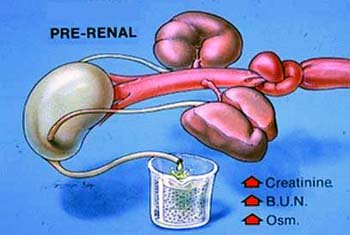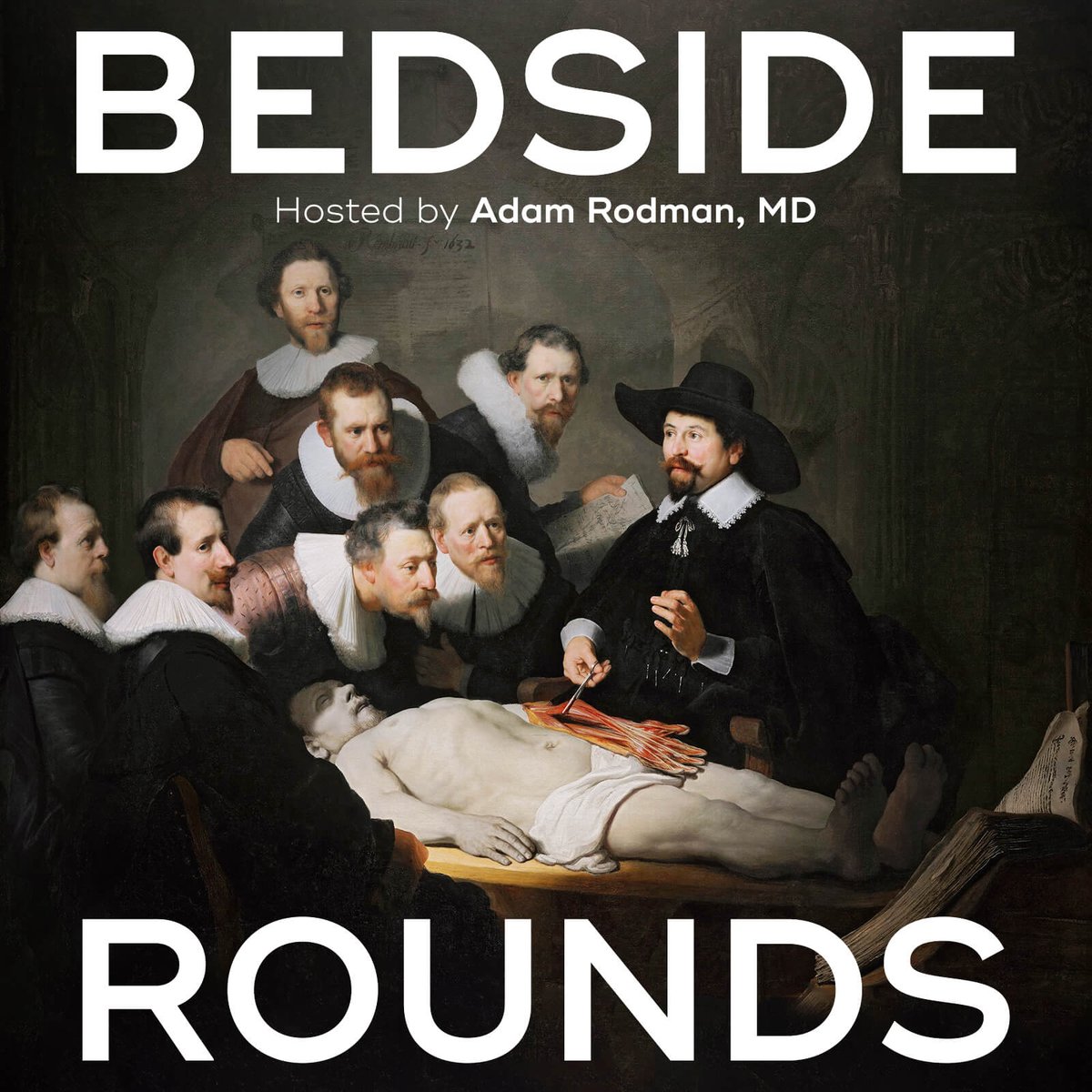So let's talk about azotemia (elevated blood urea nitrogen) after an upper gastrointestinal bleed!

✔️ Hypotension caused a significant and persistent rise in BUN
✔️ Blood feeding caused a small transient rise in BUN
✔️ Anemia alone DID NOT cause an elevated BUN
✔️ Hypotension AND blood-feeding cause a higher and longer uremia than either alone.
In 2017, Kumar and colleagues performed a retrospective cohort study looking at patients with azotemia and nonvariceal UGIB to test this hypothesis (ncbi.nlm.nih.gov/pubmed/28377105)
Their conclusion?
“Increasing BUN at 24 hours likely reflects under resuscitation and is a predictor of worse outcomes in patients with acute nonvariceal UGIB.”
If you like this kind of stuff, I host a podcast on medical history and storytelling in partnership with @ACPInternists called Bedside Rounds at bedside-rounds.org or itunes.apple.com/us/podcast/bed….

Go to acponline.org/BedsideRounds after you listen and take a brief quiz!















